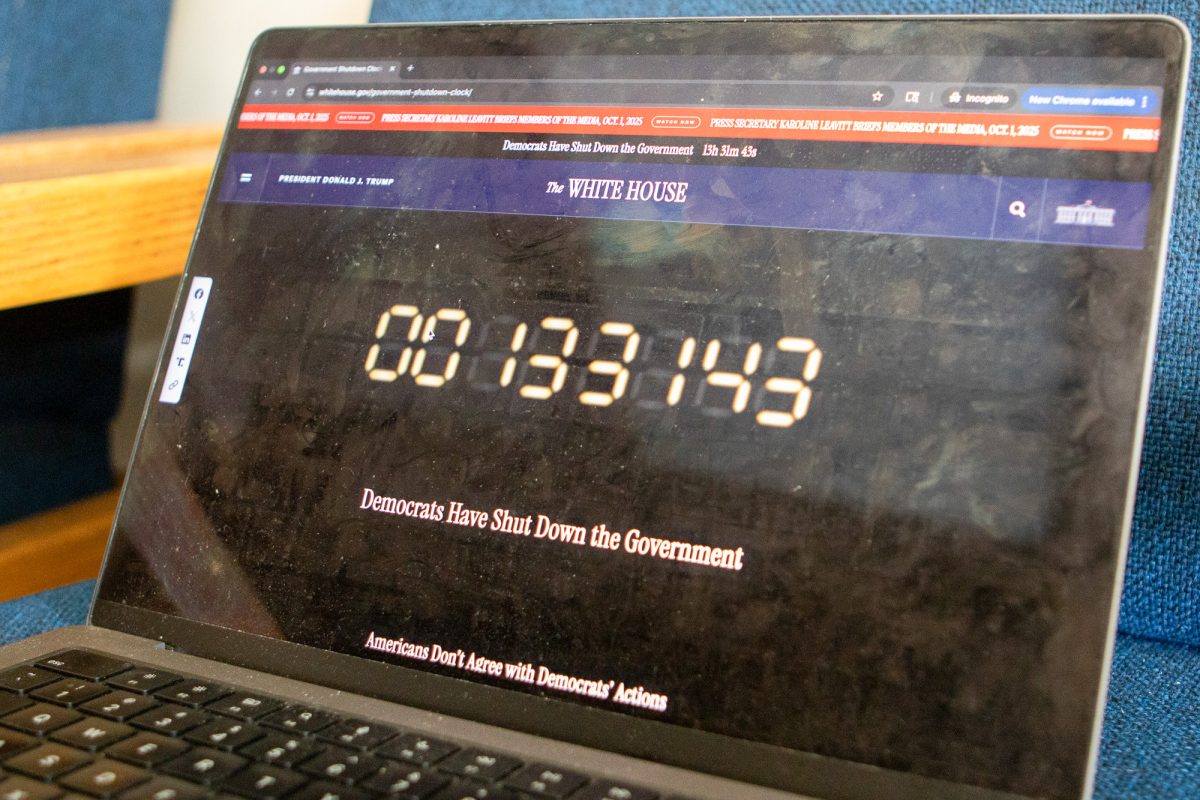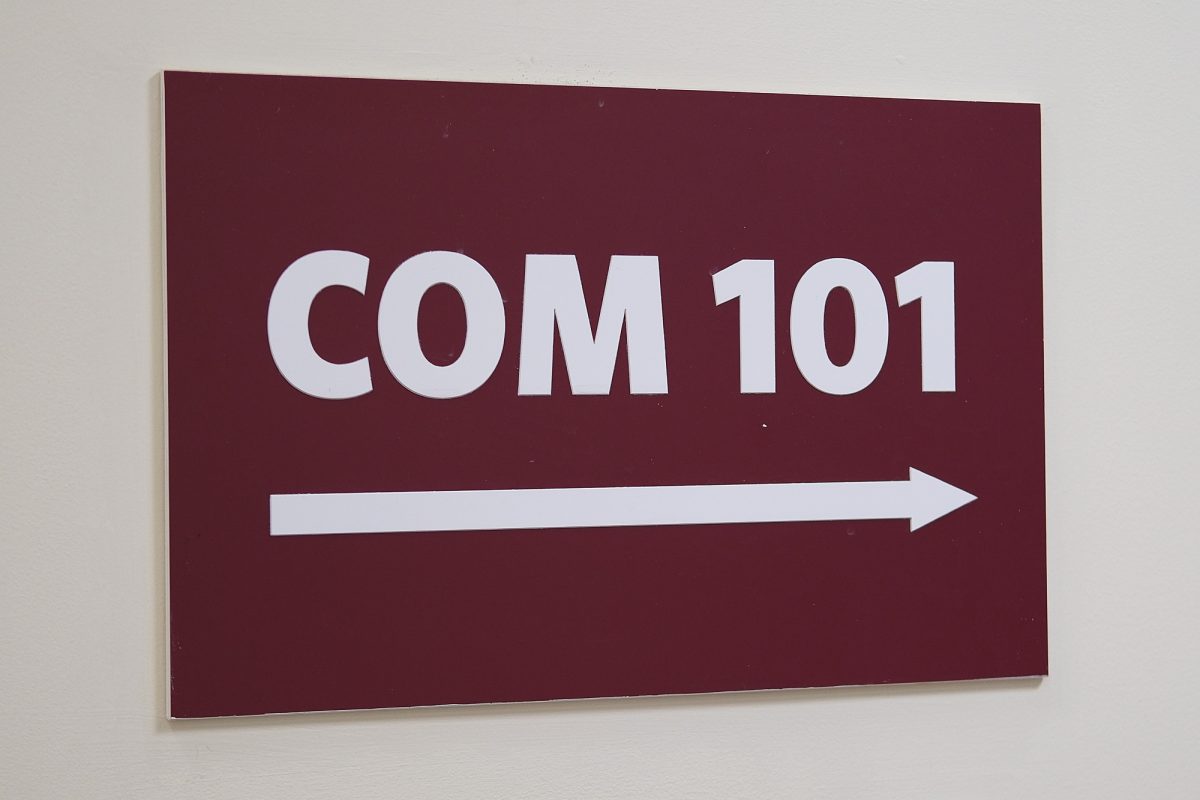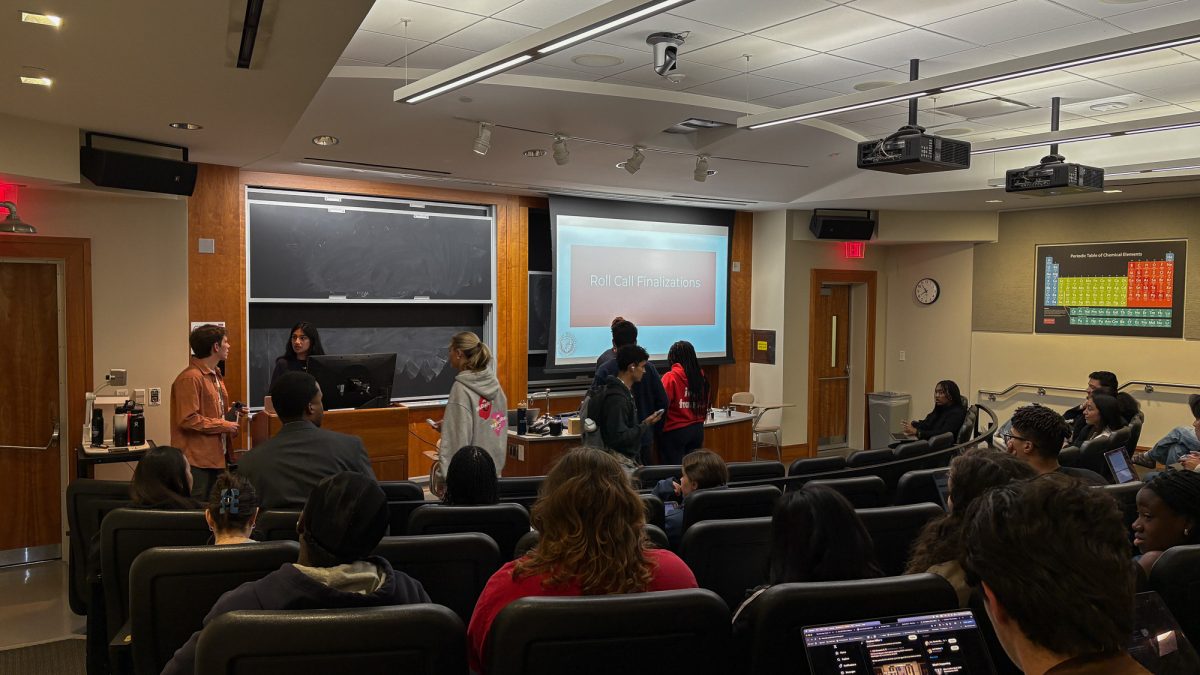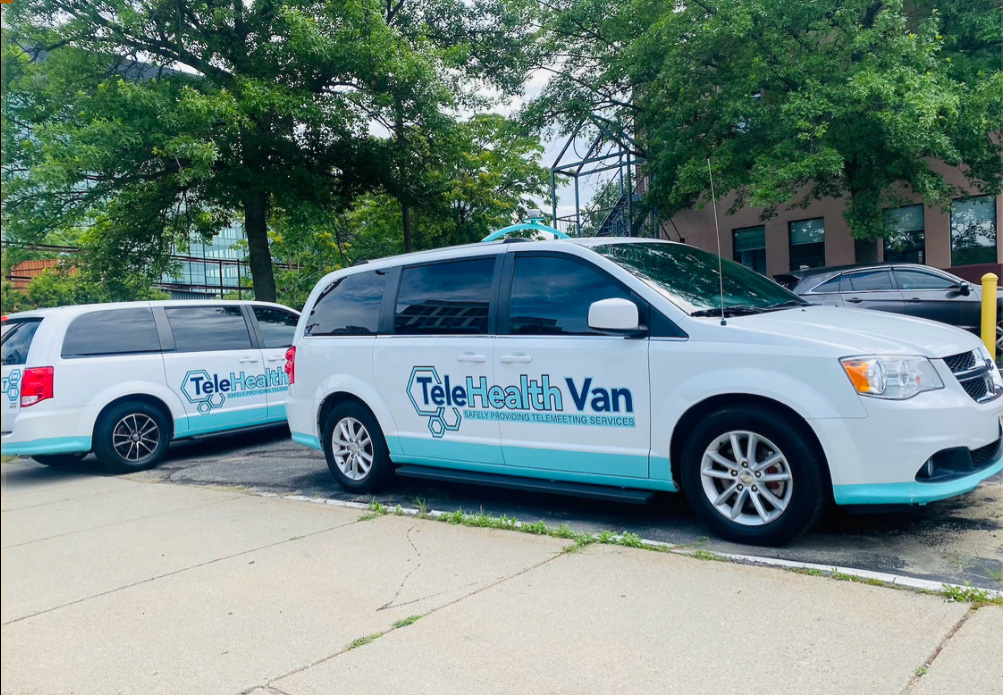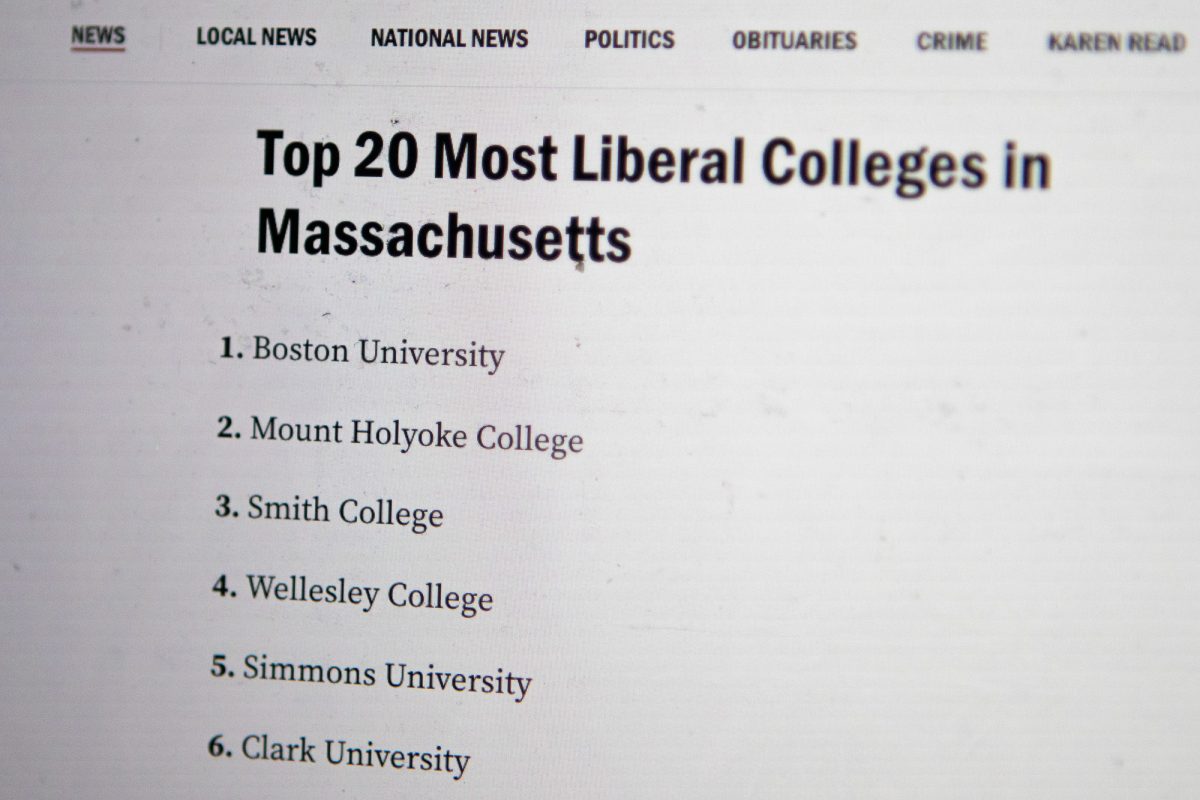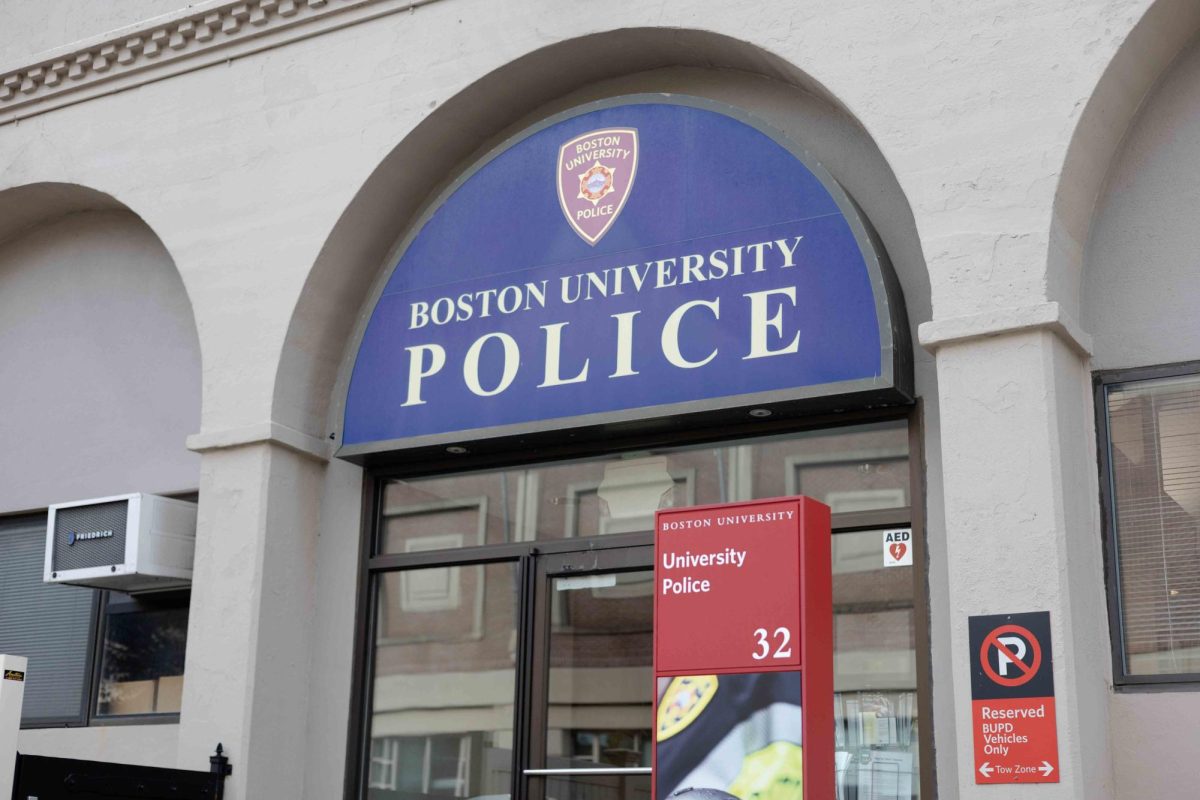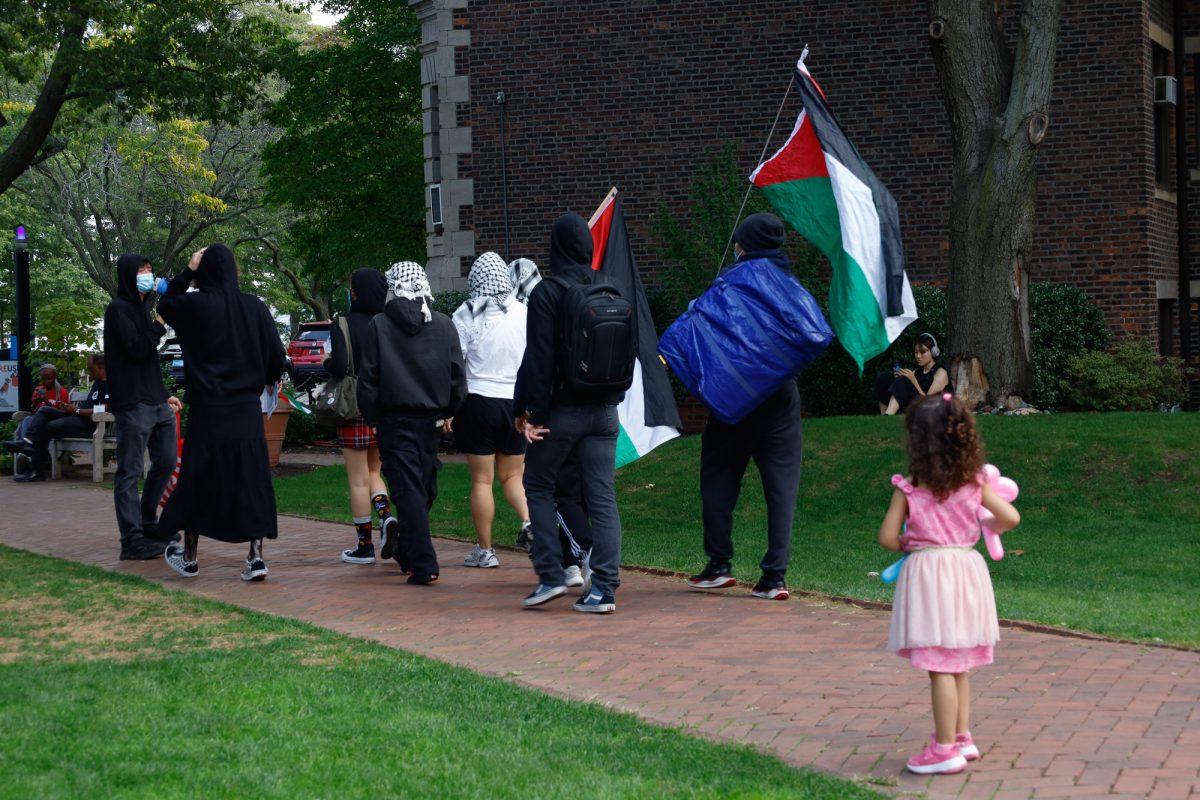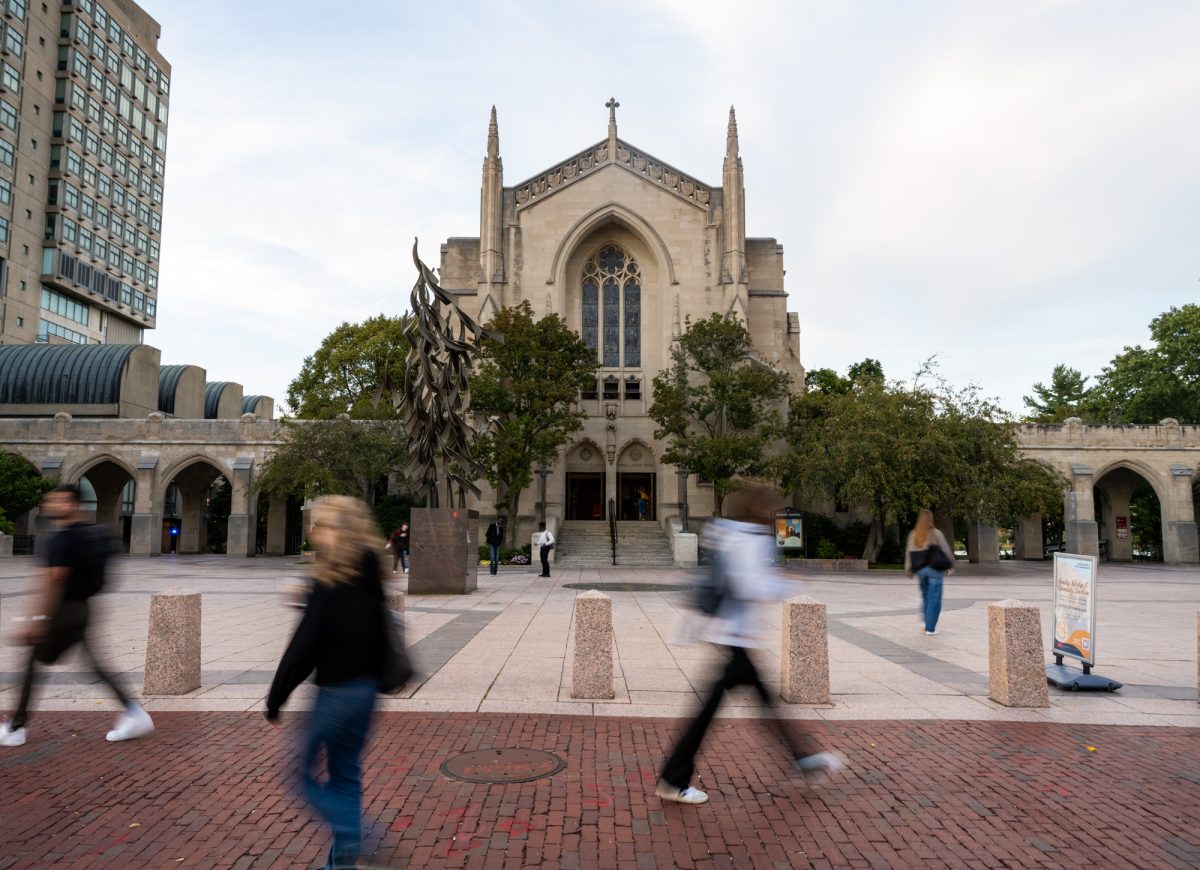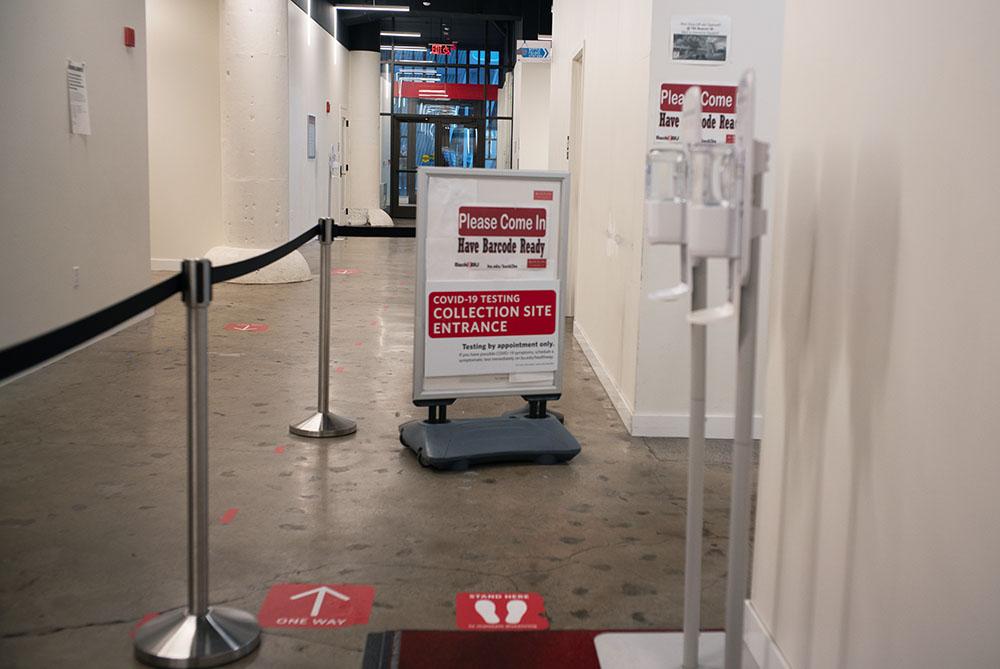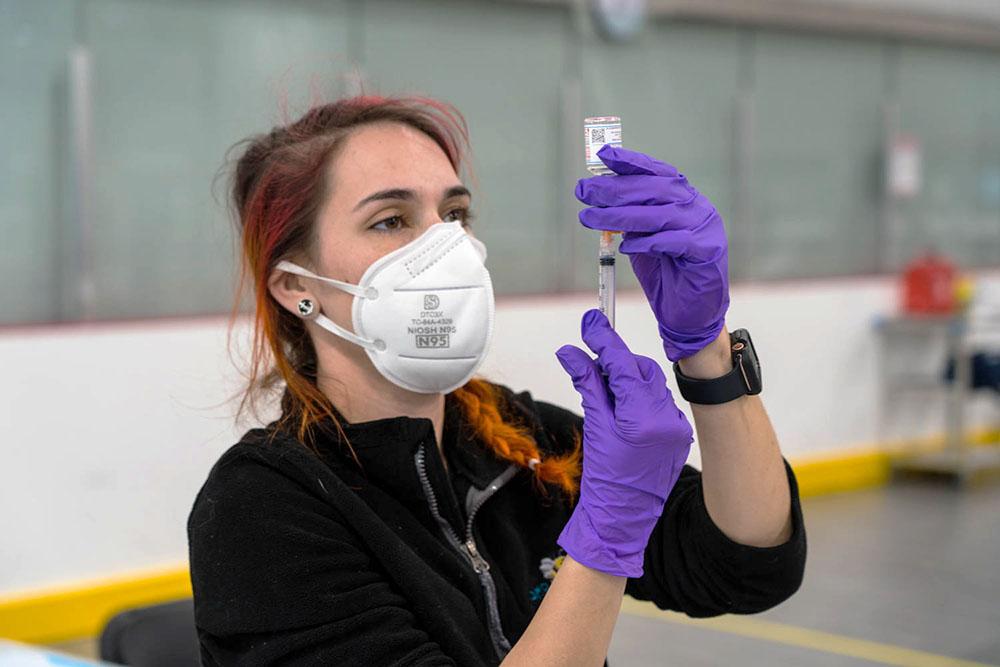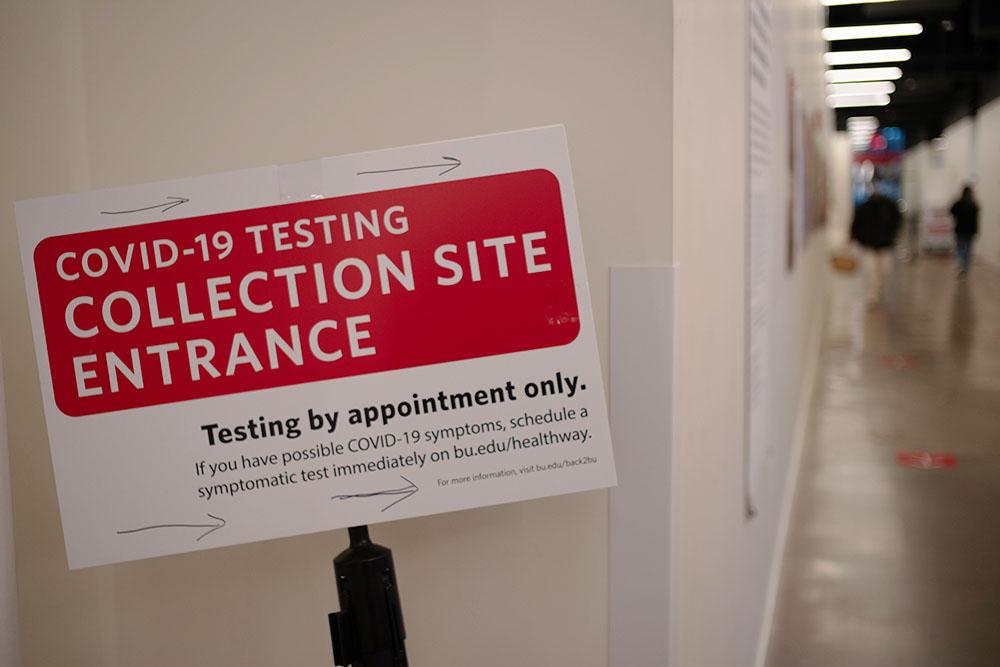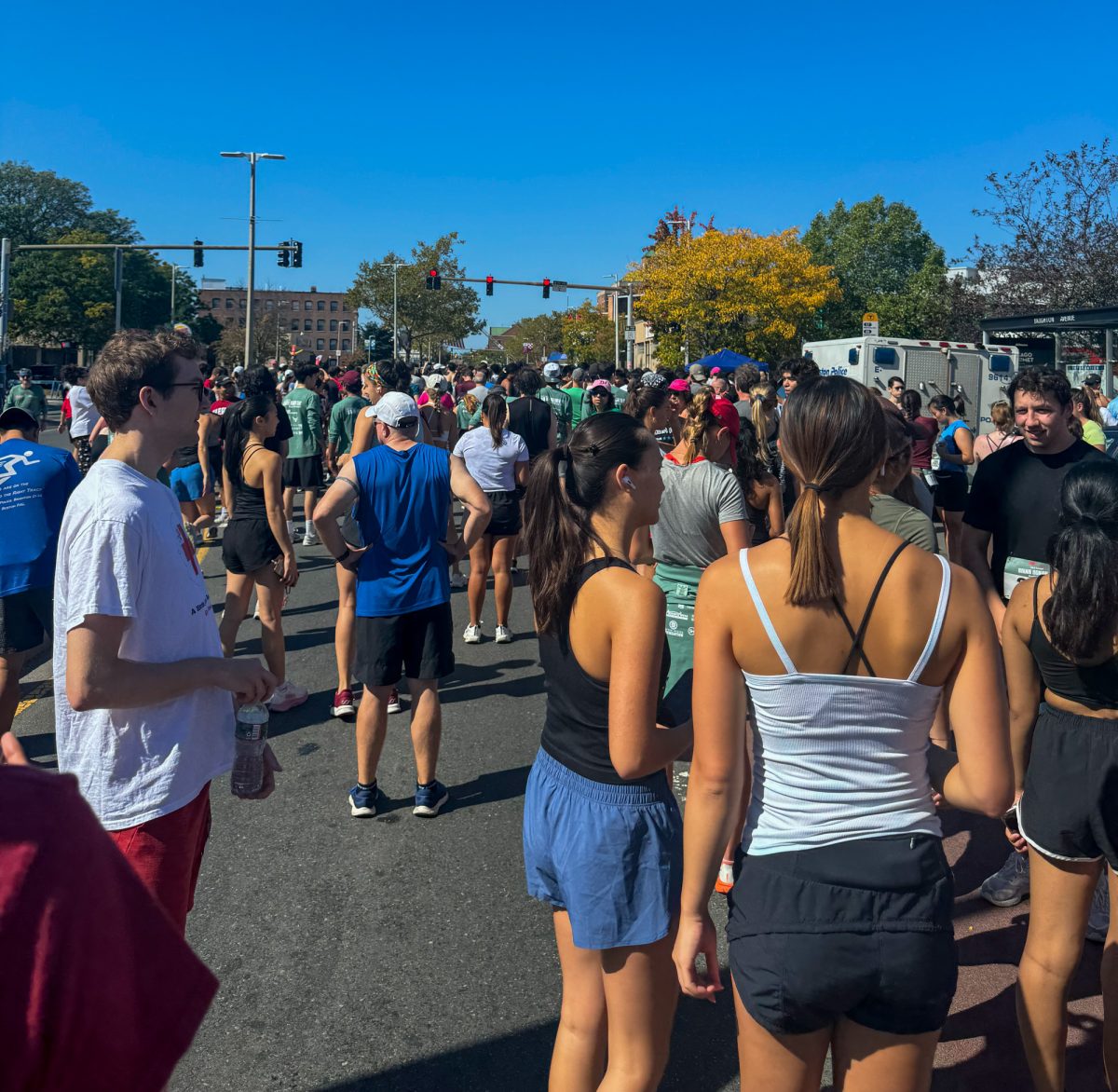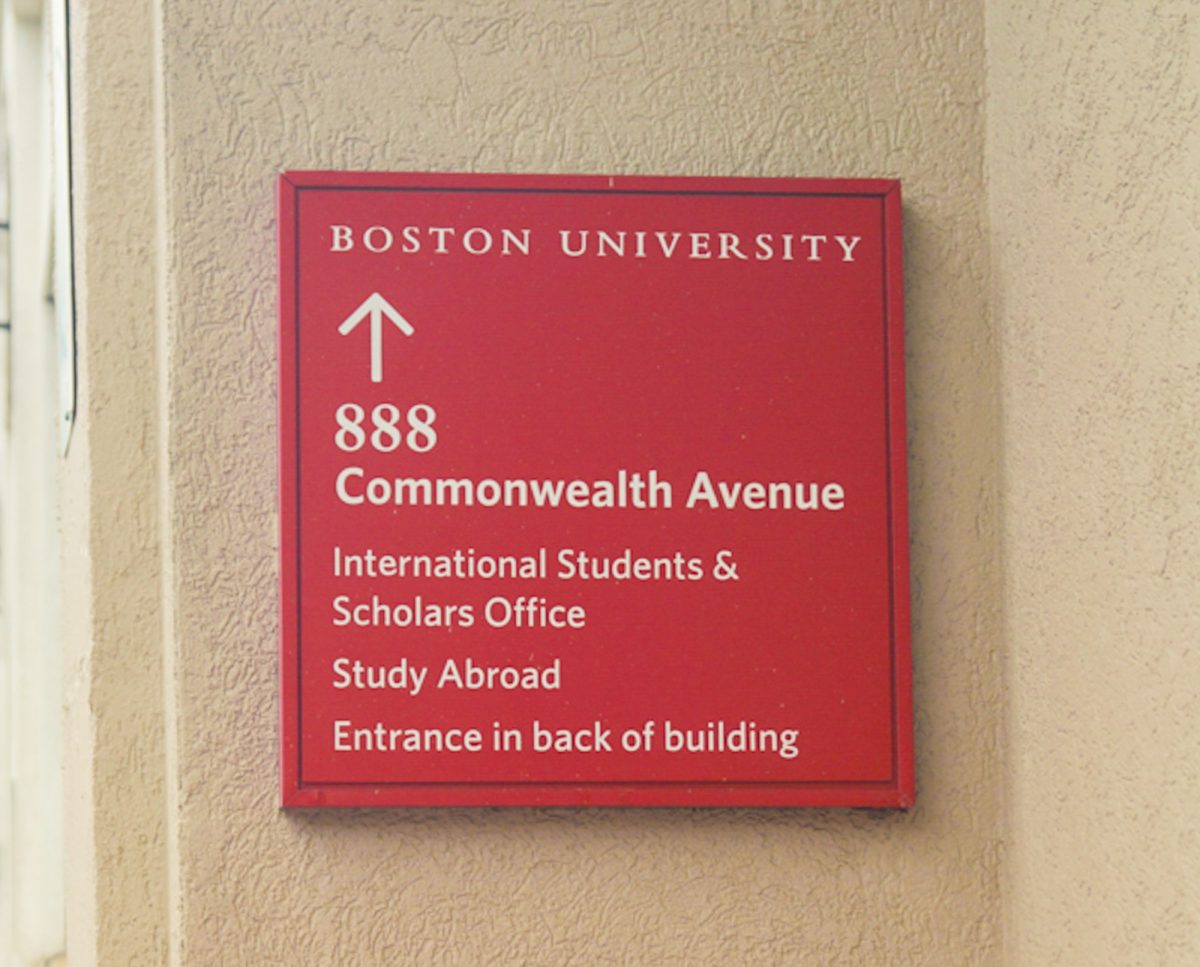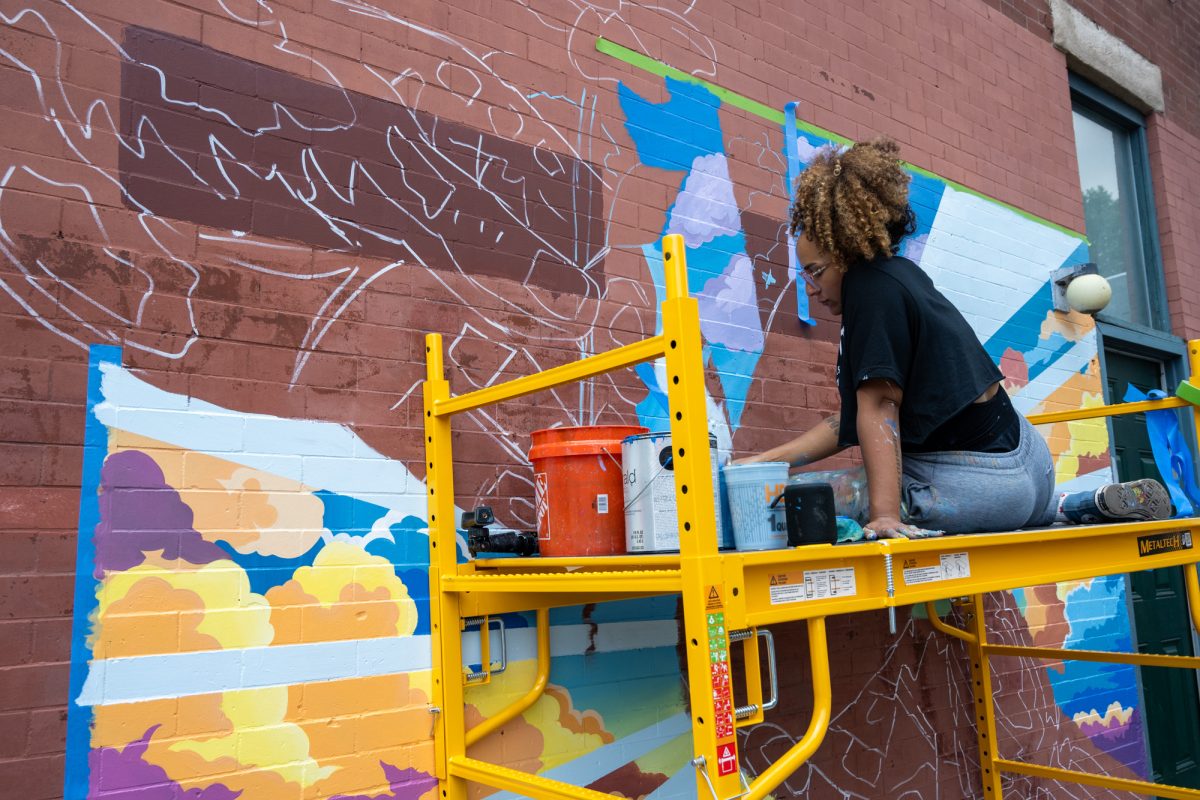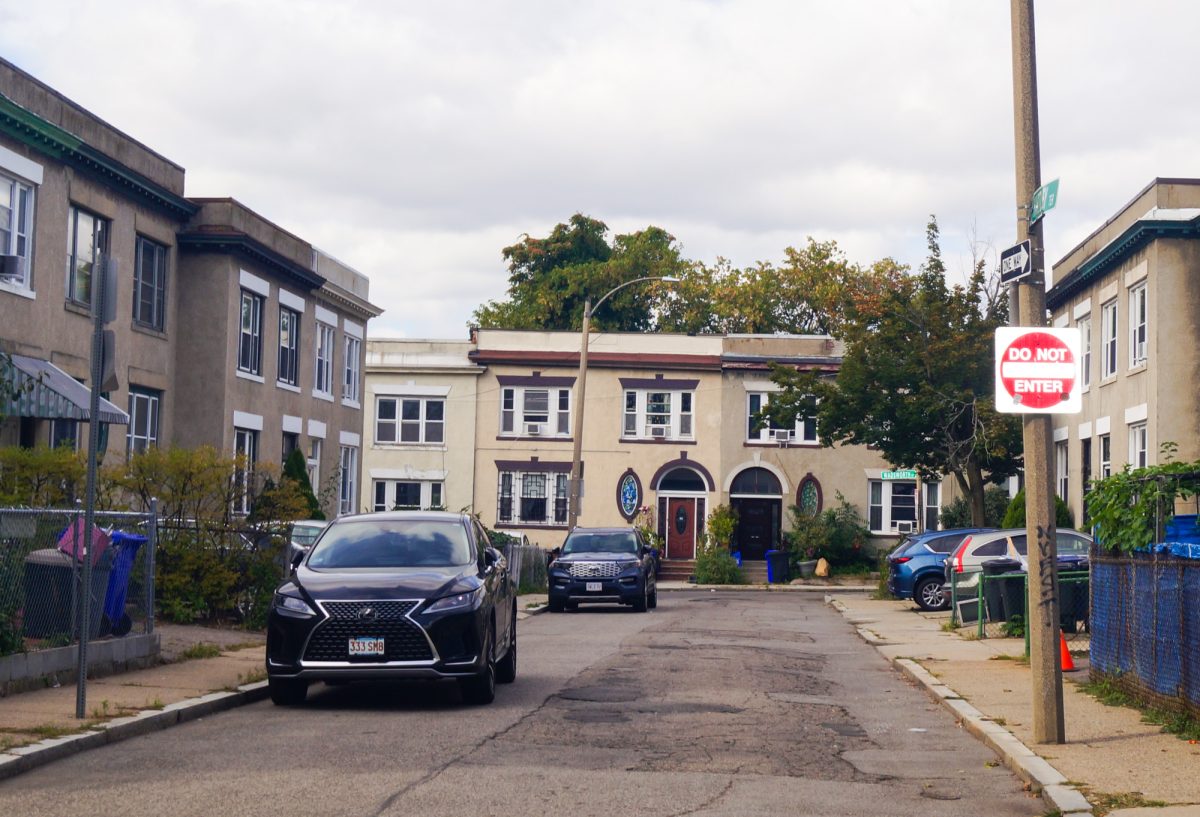
Boston University community members who participated in a September survey — which reached 79 respondents — expressed an overall dissatisfaction with the Learn from Anywhere model.
The informal survey, conducted Sept. 16 through 25 by the BU PhD Student Coalition, assessed students, faculty and staff on their feelings surrounding the University’s hybrid model of education.
Out of 71 participants who responded to the question of whether they were satisfied with LfA, 68.1 percent answered “No,” while 14.5 percent answered they felt ambivalent.
The LfA approach was initially designed to provide students and faculty the flexibility to take and teach classes from wherever best suited their situation. Following the University’s low number of positive COVID-19 cases on campus, BU’s safety protocols earned it national attention.
Coalition member Ian Chandler-Campbell, a fifth-year doctoral student in the Wheelock College of Education and Human Development, said he struggled to teach his half-semester class under the hybrid model.
“It was a very, very difficult experience for both me and my students,” he said. “Everything that could’ve gone well online became very complicated when we had to have two audiences at once.”
The most common complaints about LfA listed in the survey responses were technological difficulties, little to zero in-person class attendance and classrooms being “not ready” for LfA.
Chandler-Campbell said the technology available for in-person classroom learning has been “extremely lackluster.” His main concerns included not receiving overhead microphones until weeks into the semester, he said, as well as technology failing to function in the classroom.
“All the equipment was just not working properly,” Chandler-Campbell said, “and even if it was, there are inherent difficulties to running the LfA model that just do not make sense pedagogically.”
When BU announced the LfA system, it offered students the option of attending class in person when desired.
However, teaching fellow Nicole Correri, a third-year doctoral student in the Graduate School of Arts and Sciences, said this option has resulted in decreased student attendance.
“Attendance in person has declined considerably with each successive week,” Correri said, “to the point where it just doesn’t even make sense sometimes to meet in person.”
Correri said she has heard from students who have back-to-back classes with different modalities that it becomes “pretty impossible” for students to make the switch. Because of this, she said, fully online classes would be more efficient.
“Technological failures aside, the fact that we have all our students in front of us on a screen and ready to go is much more effective,” Correri said, “than having some somewhere and some somewhere else, and then it’s a disjointed mess.”
Alicia Matz, a fourth-year doctoral student in GRS, said she is working remotely when both teaching and taking classes, because she is considered high-risk under U.S. Centers for Disease Control and Prevention guidelines.
“To me, the results of the survey reflects what I am witnessing remotely in my own classes,” Matz said, “as well as the sentiments I’m seeing on social media.”
Matz said in-person lectures have been “sparsely attended,” with eight students being the most she has seen attend lecture in person despite the cap being set at 30 students. The class, she said, has 100 students enrolled.
“It’s very hard for the remote students to interact with the in-person students once everyone in the class is on Zoom already,” Matz said. “If everyone in both the classroom and at home has to be on Zoom, what’s the point of being in the classroom?”
Anthony Vallone, a freshman in College of Arts and Sciences, wrote in an email he has one in-person class that occurs once every two weeks with six other students enrolled.
Vallone lives in the Common Ground House on Bay State Road, which, he wrote, has made it more difficult for him to make friends. The small class sizes, he added, don’t help.
“As a freshman living in a brownstone, it is hard to make new friends,” Vallone wrote, “especially when there are no clubs (understandable) and only 6 people I am able to see about twice a month for an hour.”
Daniel Star, associate professor in CAS and editor of the blog “With All Due Caution” — which comments on University affairs — said he anticipated many of the results found in the survey.
He had written in an article for Inside Higher Ed in August that he believes universities offering an in-person experience were involved in “false advertising.”
“I’m aware that not all students have the same view,” Star said in an interview. “But I think in general terms, my article has been vindicated because, overwhelmingly, students don’t want to turn up to classes in the hybrid model.”
The University, however, released a voluntary survey to its community in late October collecting responses in an endeavor to improve LfA moving forward.
Chandler-Campbell said the Coalition was glad to see BU send out a similar survey of its own.
“We are really hoping that BU commits to full transparency of those results,” Chandler-Campbell said, “releasing raw numbers so that we really know how many people responded in what way.”



